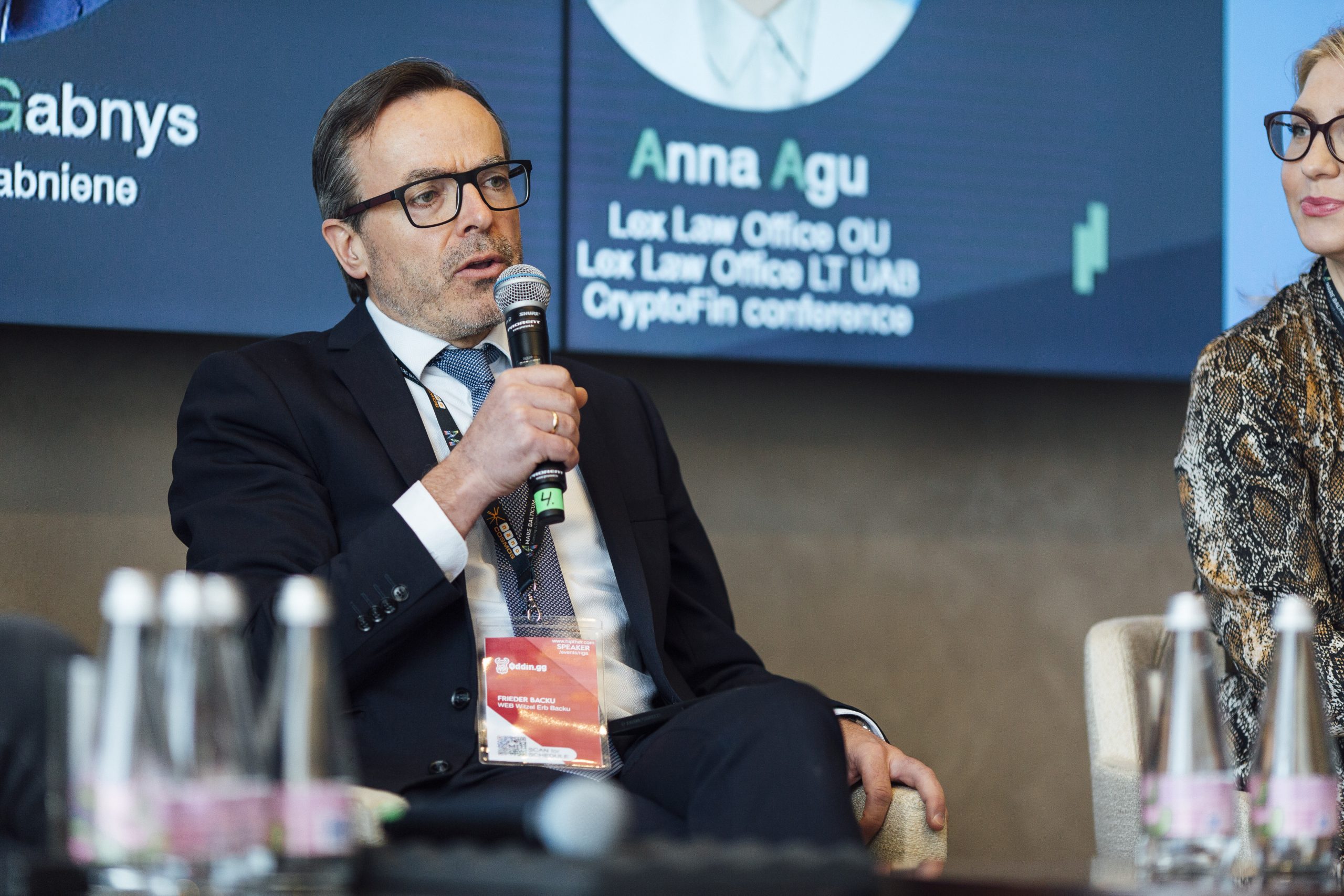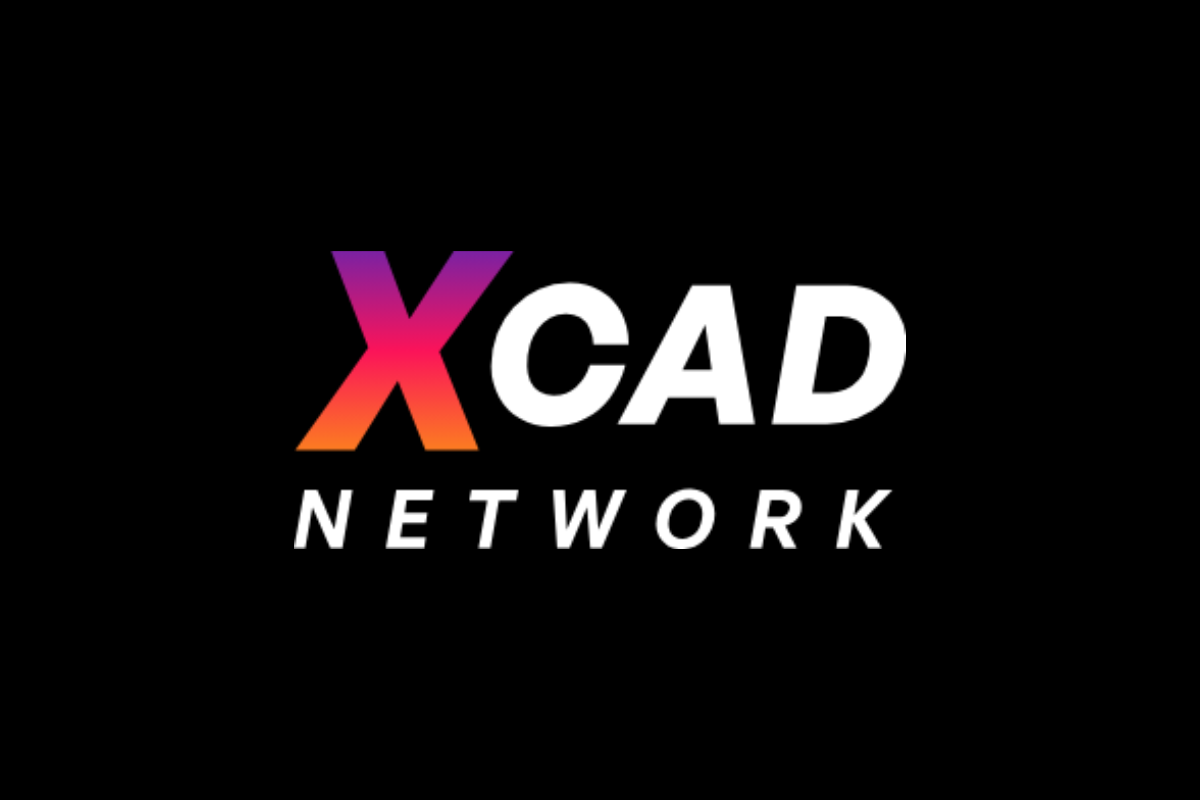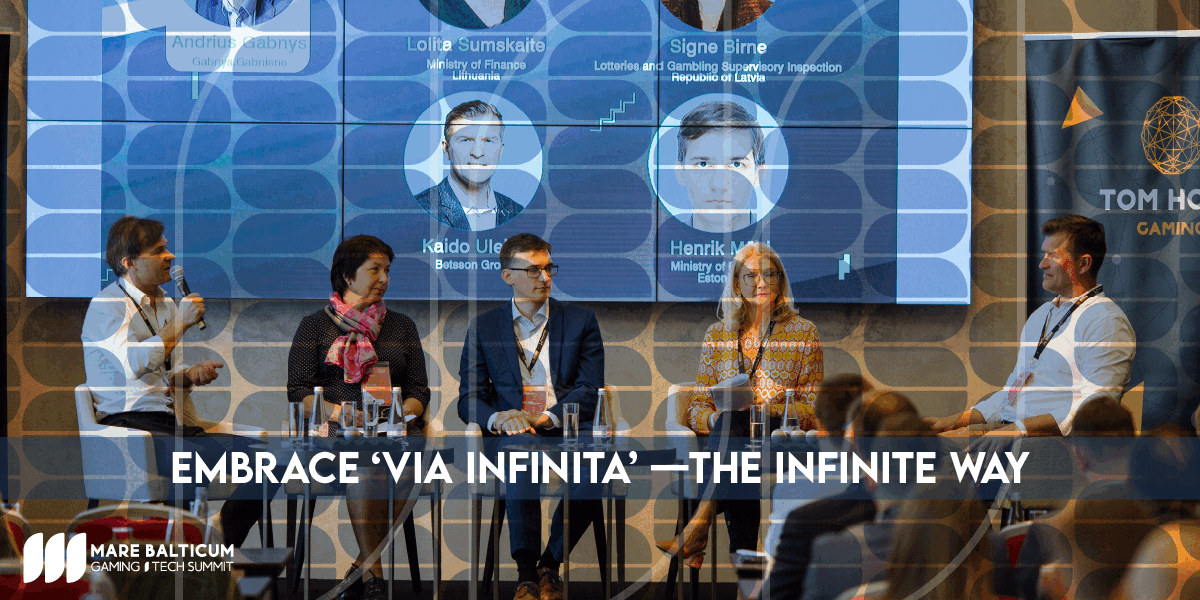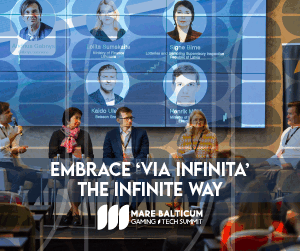Blockchain
Healthcare Payments Innovator MAPay Tackles Inefficiencies in Global Healthcare Transactions

 Reading Time: 4 minutes
Reading Time: 4 minutes
MAPay, LLC, a global healthcare technology firm, has deployed a transformational healthcare payment network with an expanding customer base, positive patenting positions, increasing revenues, and multiple industry stakeholder acceptance. The company utilizes distributed ledger technology to power smart contracts to transact secure medical solutions on the MAPay network. MAPay utilizes a hybrid architecture of both centralized and decentralized protocols for multi-party medical payments and HIPAA-compliant data exchange.
MAPay is poised to expand its payment network first built for the U.S., which spends $3.3 trillion annually on healthcare, with consumer out-of-pocket payments exceeding $515 billion, to capture the worldwide sectoral expenditure of $8.7 trillion. The company projects to have more than $11 billion in transactions processed through the network, with revenues of $471 million by 2021. The company derives revenues from both an enterprise B2B solution set, as well as its consumer-facing MEDspedia portal.
Based in New Jersey, MAPay is led by founder and CEO Michael Dershem; a.k.a. “Dersh,” a seasoned business entrepreneur who brings an extensive history in the healthcare industry that includes both executive-level roles and ownership of companies. While serving as founding CEO of Pharmasset, an Emory University start-up, he successfully raised more than $25 million in private equity funding and executed $30 million research and development agreements with Big Pharma. Pharmasset subsequently went public and was acquired by Gilead Sciences for $11 billion.
MAPay’s core business is its healthcare payments solution, which can reduce healthcare transaction costs by as much as 50 percent, while increasing transaction transparency, payment completion rates, and collecting proprietary data. MAPay has a unique patient-centric path to interoperability by way of its payment transaction engine and the trust it builds within its community.
“If healthcare providers and the legacy intermediaries who are running transactions were transparent, people would riot,” says Dershem. “There is a massive, expressed need in the market for increased interoperability via transparency within the medical encounter. That being said, MAPay offers unique, distinct, value propositions to all of the stakeholders in the healthcare industry. This is what’s leading to the momentum of our adoption.”
“An opportunity exists to eliminate a major portion of the claim processing and transaction costs associated with our own employees receiving care at our owned system network providers. Working with MAPay, we are hoping to create a payment network to streamline processing for our provider to our health system transactions, thereby reducing the historical network access and claims adjudication expense of operating the Plan by at least 20 percent while providing real-time transaction visibility,” says Michael Young, the CEO of Temple University Health System.
Moreover, the future promise of healthcare depends on the availability and sharing of patient data. Because of business and technology reasons, however, this data remains stuck in silos. Conventional approaches to aggregating healthcare information for impact in research and population health management have been plagued with the business, structural and regulatory conflicts of obtaining and using data. If this data could be accessed and used by a broader community, it could provide price transparency, anonymized data for research and cures, and limit societal medical costs related to fraud and abuse.
As Dershem stated in a recent interview with Becker’s Hospital Review, a pragmatic approach to how blockchain could affect the future of payment transactions in the healthcare industry, “…is to build hybrid architectures that use legacy database structures with introduction of distributed ledger technologies. This provides a platform where blockchain technologies can be tested and trusted.”
With the rise of new technology, MAPay’s mission is to place healthcare records on its permissionable multi-node blockchain for secure patient-driven use, as well as utilizing this information to impact population health management. For the first time, patients will be able to authenticate themselves into the healthcare ecosystem, not the other way around.
Despite the fact that interoperability between these has existed in the industry since the advent of the Commodore computer, until now, these records have been hard-siloed off into institutional and/or business structures that did not communicate with one another. In addition, patients are often granted little or zero access to their own medical records.
“This is no longer a technology issue but rather, a business and regulatory issue. Our doctrine on blockchain driven by the patient may be the answer to getting to the trends shaping the discussion of population health management, dynamic diagnosing as well as fraud and abuse,” says Dershem.
“MAPay has a proprietary technique to aggregate financial, clinical and contextual data through an individual patient-provisioned methodology. I’ve yet to see anything as transformational as what Dersh and his team have created. Physicians and other healthcare providers will have access to information never before available to drive more customized and effective interventions to treat patients leading to better population health and outcomes,” says Jenny A. Witthoff, VMD MS, a global health researcher and adjunct professor at Georgetown University.
MAPay has already gained plaudits and recognition for its novel payment technology. The firm is working in collaboration with leading organizations focused on interoperability; has been in discussions with several major US hospital systems for onboarding; and has been in conversations with multiple practice management systems. The company is poised to announce global partnerships with two top-tier technology services and consulting firms, as well as a full-scale international deployment on a countrywide basis of its platform. This will be the first of its kind for any fintech firm in the world.
“If we can reduce global healthcare transactions cost by even 10 percent, that would free up nearly $1 trillion dollars,” Dershem said at the recent HealthFurther conference in Nashville. That would go a long way to providing vaccines in developing geographic regions, access to care in urban health deserts, and orphan drug research. Not a bad day after all.”
SOURCE MAPay, LLC
Blockchain
Discover the Future of iGaming & TECH at the MARE BALTICUM Gaming & TECH Summit

This June 4-5, the premier MARE BALTICUM Gaming & TECH Summit will be held at the luxurious Hilton Tallinn Park in Tallinn, Estonia. This event promises to be a pivotal gathering for industry leaders in iGaming and technology, offering a deep dive into regulatory trends, technological innovations, and market dynamics.
Day 1 Highlights (June 4, 2024)
- Regulatory Evolution in iGaming: Adapting to the Baltic Standards
- Learn how the Baltic region’s latest regulatory policies are shaping the iGaming landscape and what it means for businesses.
- Global Stakes: Navigating iGaming Regulation in Serbia, the USA, Spain, and Austria
- An essential discussion for those looking to understand the complex and diverse regulatory environments across these key markets.
- Financial Evolution: Merging Traditions with Fintech and Blockchain Innovations
- Explore how traditional financial systems are integrating with revolutionary fintech and blockchain technologies to set new industry standards.
- IMGL Masterclass – Navigating MiCA, EU AI Act, and DSA in the Digital Age
- A masterclass addressing the impact of critical EU regulations on the digital and iGaming sectors.
- Regulatory Evolution in iGaming: Adapting to the Nordic Standards
- Dive into the Nordic iGaming regulations and discover strategies to navigate this unique market.
- eSports Dynamics: Overcoming Regional Barriers & Seizing Growth
- Uncover the secrets to expanding in the global eSports arena, overcoming regulatory and cultural challenges.
Day 2 Highlights (June 5, 2024)
- Future-Proofing Digital Engagement: Mastering Gamification, Mobile Innovation, and Regulatory Compliance in the AI Era
- This session will focus on leveraging gamification and mobile technology to meet today’s digital and regulatory demands effectively.
- Centre of Positive Influence (COPI) session
- Engage in discussions that inspire and drive positive change across the gaming and tech industries.
- Make search engine bots love your affiliate website!
- Gain valuable SEO strategies to enhance your affiliate marketing efforts and boost your site’s visibility.
- Gaming & TECH Marketing: PeopleTech Synergies between Affiliation, PR, SEO, and Neuromarketing
- Learn how integrating various digital marketing disciplines can create powerful synergies for your business.
- Workshops on Baltic Compliance in Web3, Fintech, and Blockchain; and Mastering iGaming Compliance in the Baltic Region
- These intensive workshops will provide hands-on insights into navigating the regulatory landscapes of emerging technologies and iGaming compliance.
Networking Opportunities
Aside from the informative sessions, the summit offers unparalleled networking opportunities, including welcome drinks and two exclusive evening parties. These gatherings are perfect for making lasting connections, exchanging ideas, and fostering collaborations with industry peers.
Don’t Miss Out!
Whether you are looking to stay ahead of regulatory changes, explore new markets, or simply connect with industry leaders, the MARE BALTICUM Gaming & TECH Summit is the place to be. Secure your spot today and be part of shaping the future of the gaming and tech industries.
Register now to ensure your place at this essential industry event, and stay tuned for more updates as we approach the summit dates. Join us in Tallinn to connect, learn, and innovate with
The post Discover the Future of iGaming & TECH at the MARE BALTICUM Gaming & TECH Summit appeared first on HIPTHER Alerts.
Blockchain
CompoSecure CFO Honored with NJBIZ Leaders in Finance Award
Blockchain
XCAD Network to Launch Inaugural v2 Creator Token $DON on Ape Terminal with YouTube Star TheDonato

XCAD Network, a leading Watch2Earn tokenisation platform for YouTubers, is excited to announce the upcoming launch of its inaugural V2 creator token, $DON, in collaboration with Ape Terminal. The creator token to be launched in partnership with TheDonato, South America’s prominent content creator with 40M+ subscribers and 7B views, has garnered over 25,000 sign-ups and a 2,400% oversubscription.
The strategic listing on Ape Terminal aims to draw TheDonato’s vast fanbase into the crypto space, which would inject fresh capital from Web2 users, marking a significant milestone for XCAD Network’s foray into creator tokens. The launch of $DON signifies a new chapter in
fan engagement and content monetisation, revolutionising the relationship between creators and their audiences.
Oliver Bell, CEO and Co-founder of XCAD Network, shared his vision for the collaboration with Ape Terminal and TheDonato, stating, “This launch on Ape Terminal represents a transformative moment for XCAD Network and the creator economy at large. With Ape
Terminal’s sophisticated infrastructure, it provides the perfect launchpad for creator tokens like $DON, facilitating seamless transactions and ensuring broad accessibility to both seasoned crypto enthusiasts and newcomers from Web2.”
Through the upcoming launch of $DON, fans will be turned into stakeholders through governance. They will also find a deeper engagement with TheDonato through meet-and-greet sessions, featuring in TheDonato’s videos, an exclusive Discord community, and more.
“The $DON token is just the beginning,” added Bell. “Our platform empowers creators like TheDonato to deepen connections with their fans while offering fans unprecedented access and influence over their favourite content. The collaboration will enable us to roll out a suite of
creator tokens that empower fans and enhance the digital content landscape. We are thrilled to see how this evolves and the new opportunities it creates for creators and their communities.”
With a total supply of 1 billion tokens, the $DON token allocation includes 30% for fan incentives, 20% for pre-sale, 30% for MM-Exchange-LP, and 10% each for contributors and marketing. Through $DON, fans transcend traditional boundaries, gaining unparalleled access
and influence over TheDonato’s creative journey while being rewarded for their unwavering support.
This launch will not only mark a milestone for XCAD Network, but also underscore Ape Terminal’s position as the go-to platform for groundbreaking crypto ventures, ushering in a new era of creator-fan interaction and financial empowerment.
The post XCAD Network to Launch Inaugural v2 Creator Token $DON on Ape Terminal with YouTube Star TheDonato appeared first on HIPTHER Alerts.
-

 Blockchain7 days ago
Blockchain7 days agoThe SEC is targeting yet another crypto platform
-

 Blockchain7 days ago
Blockchain7 days agoPartnership between Siren and Chainalysis to trace blockchain transactions and disrupt illicit activities
-
Blockchain6 days ago
THXLAB and IZUTSUYA Announce Strategic Partnership
-
Blockchain3 days ago
Open-Source Intelligence (OSINT) Market is expected to reach a revenue of USD 64.9 Bn by 2033, at 25.6% CAGR: Dimension Market Research
-

 Blockchain Press Releases6 days ago
Blockchain Press Releases6 days agoBitget to Take Center Stage at Blockchain Life and Token2049 Dubai
-

 Blockchain7 days ago
Blockchain7 days agoOZANK Joins Forces with RevoluGROUP to Enhance Global Payment Infrastructure
-

 Blockchain Press Releases6 days ago
Blockchain Press Releases6 days agoBitrue Gears Up for 2024 Bitcoin Halving with Trading Competition
-

 Blockchain Press Releases1 day ago
Blockchain Press Releases1 day agoBybit and Franck Muller Partner with Sidus Heroes to Launch Cosmic Gears: A Pioneering Web3 Game with a $250,000 Prize Pool and Exclusive Watch Collection





































